Your To-Do List Is Lying to You
Burnout in the Workplace: Insights from Leadership Coach Doug Kothe
Burnout doesn’t always show up the way you’d expect. Sometimes it looks like exhaustion, other times frustration, or even misplaced anger. But no matter how it manifests, burnout is a silent productivity killer that affects both individuals and teams. In today’s episode of the 12 Days of Holiday Burnout Breakthrough, leadership coach Doug Kothe shared powerful insights and actionable strategies to combat burnout, especially in leadership roles.
Let’s dive into Doug’s key takeaways and how they can transform your workplace—and your life.
Watch on Kathie’s YouTube Channel
Listen on Kathie’s Coaching Podcast
Understanding Burnout: The Leadership Perspective
Doug emphasizes that burnout isn’t always easy to identify. It often disguises itself as irritability, lack of motivation, or even physical fatigue. Recognizing the signs early is critical, especially for leaders who set the tone for their teams.
A key point Doug raises is how burnout often stems from prolonged misalignment between our tasks and what energizes us. For leaders, this means taking proactive steps to align team roles with individual strengths and creating a culture where burnout is acknowledged and addressed.
5 Practical Strategies to Prevent Burnout
Create a Shared Purpose
A unified purpose that excites and drives the team is essential. When everyone is working toward a goal that resonates deeply, energy and engagement naturally follow. Shared purpose fosters a sense of "we get to do this," transforming work from a drain to a source of inspiration.
Understand Individual Strengths
Doug introduced the Six Types of Working Genius assessment, which identifies what tasks energize or drain individuals. By recognizing these dynamics, teams can allocate work in ways that maximize energy and minimize unnecessary stress.
Pro Tip: Use “bookending” to combat draining tasks—pair them with energizing activities at the start and end of your day. You’ll finish feeling recharged instead of depleted.
Foster Strong Relationships
A supportive team built on vulnerability-based trust is a game-changer. Doug describes this as a deeper trust where colleagues can openly share their struggles without fear of judgment. When employees feel supported, they’re more likely to recharge, seek help, and bounce back from stress.
Build Balance into Your Life
Work-life balance isn’t just a buzzword—it’s a practice. Doug highlights the importance of intentionally scheduling activities that recharge you. Whether it’s a weekly date night, a hobby, or simply setting boundaries around work hours, balance is key to sustaining energy and preventing burnout.
Engage in Restorative Rest
Rest isn’t just about lying on the couch—it’s about doing things that truly restore you. Doug advises being mindful of activities that reenergize versus those that leave you feeling drained. Whether on vacation or during downtime, prioritize what fills your cup.
Applying These Strategies Beyond Work
What makes Doug’s advice so impactful is its universality. These strategies don’t just apply to the workplace—they can transform your personal life too. Whether it’s managing stress at home or reigniting your passion for hobbies, balance, alignment, and trust are principles that resonate everywhere.
Key Takeaway
Burnout often stems from feeling out of alignment—whether in your work, relationships, or personal habits. By fostering trust, creating balance, and aligning tasks with your strengths, you can prevent burnout and create a thriving environment for yourself and your team.
As Doug so wisely puts it, burnout prevention isn’t just about working harder; it’s about working smarter and more intentionally.
Learn More and Stay Connected
If you’d like to dive deeper into Doug’s expertise, visit his website at PeopleSmart Group, connect with him on Instagram or LinkedIn, or explore the Six Types of Working Genius at Working Genius.
For more tips and insights on preventing burnout, stay tuned for the rest of the 12 Days of Holiday Burnout Breakthrough! Each day, we’ll explore fresh perspectives from experts in fitness, leadership, mental health, and more to help you thrive.
If this post resonated with you, share it with a friend or colleague who could use some burnout-busting strategies. Let’s create healthier, happier workplaces together!
About the Author:
Kathie Owen is a seasoned corporate wellness consultant, life coach, and former fitness and wellness director with over two decades of experience in creating healthier, happier workplaces. With a psychology degree from the University of Houston and a passion for motivation, Kathie has dedicated her career to ending toxic workplace cultures through holistic wellness programs that truly make a difference.
Kathie Owen, Corporate Wellness Consultant since 2012 (Our Story)
Having worked in both corporate and fitness environments, Kathie blends her expertise in employee engagement, leadership development, physical health, and mental well-being to design programs that prevent burnout and inspire thriving teams. She’s been a certified fitness trainer since 2002 and has personally coached hundreds of individuals to reach their wellness goals. Now, she’s on a mission to share her strategies with companies that value their people.
Through her 12 Days of Burnout Breakthrough series, Kathie combines personal stories, expert insights, and practical tips to help you recognize, prevent, and heal from burnout. Her goal? To show you how a little bit of wellness can transform not only your workplace but also your life.
When she’s not leading workshops, coaching aspiring wellness professionals, or writing her next blog post, you’ll find Kathie walking her dog Rusty, diving into her favorite self-development books, or dreaming up her next big idea to inspire and uplift others.
Follow Kathie on Social Media
Read More Corporate Wellness Articles Here
Transcript:
All right, welcome to another day of Burnout in the workplace. And today I'm bringing in a leadership coach of C Suite, one of my friends from Instagram. His name is Doug. And before we even start talking, I'm going to let Doug introduce himself to you so you can kind of know what we're going to talk about today. Thanks so much, Kathie so my name is Doug Kothe I am the founder and principal consultant for PeopleSmart Group, and we are focused on helping organizations build healthier teams, get greater clarity, and get greater alignment of their people so that they can be a healthier organization, so that everyone will be on the same page, rowing in the same direction, getting great results. Awesome. Love that. Sounds just like what we want to talk about today. So my main question in these 12 days of holiday, I'm going to be asking different experts on their topic on how they prevent burnout or whatever they may call it in the workplace. And so today, that's my question for you, Doug. How do you help us prevent burnout in the workplace? So I think as I think about burnout, the key piece is not everyone can identify it, right? And so for a lot of people, they're feeling weary, they're tired. For some people, especially men, it can come out as anger. Very often we're, we're so down and we can't, we don't have enough to handle things and that secondary emotion comes out instead of the primary of, hey, I'm frustrated, I'm angry all the time. I don't know what's going on in me. And so. Just being able to identify it in the first place is vital in terms of, Hey, what, what's going on? Why do I want to go ahead? And sometimes it'll just be, Hey, I just don't have enough, get up and go. I just, I've lost a gear. What's going on with me. And so those identifiers and helping leaders identify that is a really helpful piece. I would say for me, and a lot of my work starts with the C suite. And so for me, I'm constantly working with leadership teams as a whole. Um, and I think one of the things I share with them for them and for their organization is. That one of the first things I think is a, is a shared purpose, a shared purpose that actually transcends the organization and is really exciting and drives people. Because if, if you are, um, you know, if you're excited about what we're all doing and trying to accomplish together, well one, that builds energy. It builds excitement. It gets us going. It's not draining. You know, I remember yesterday we talked, Kathie and I just said to you, you're so passionate about what you do. I love that. And you're so energetic about it. And so when you're focused on that, I mean, do you get drained and tired? Probably a little test, but not overall, right? It's just a driver. You're going, hey, I get to do this. You're excited. It's a get to, and it gets, it drives engagement and it drives energy. It drives excitement. So that'd be the first I thought of. The second I would think of is the ability to know ourselves better. And so when I dive in with a team, I'm always doing assessments. And I know we've talked and you do assessments as well with a larger organization. And so those assessments, one of them for me is a assessment called the six types of working genius. And what that gets at is. What brings you joy and energy to do in your work? And so it breaks work down into six categories and it says, which ones bring you energy until I know that I'm going to spend a whole lot of time spinning my wheels on stuff that drains me. And I won't see it until I reach more closer to that burnout stage. Right. But if I can, I can assess and figure out, Hey, what brings me energy to do? I can, I can spend more time in those areas and less than the other, or I can compensate. And so every, every job we're going to do things to drain us. Right. But the reality is I can do tactically things that would help me. And so one of the things I talk about is bookending. And I say, look, if I can bookend the draining task with an energizing task on either end, I get energy on the way in and I get energy on the way out. And so I can get through the task and I'm not burning out because guess what I've re energized. And so that's a key way. And then the other thing I talk to people about is partnering. Find people who have different, uh, energizing things than you do. And when you're working in those tasks, bring them in, feed off of their energy, let their energy be a feeder for you. And so that teamwork is just vital in those areas. And so I think so many of us miss that because we, we work in such a individualistic way, right? We think, Oh, I've got to accomplish my tasks. And it's like, no, actually, if we know each other and we know where each other is energized and where each other is drained. We can put it together and work together in a much better way. So, the third I would say is strong relationships. Um, I think we build strong relationships with one another. That's a supportive thing as well, right? Because I have other people encouraging me. Other people who are for me. That energizes me. I don't know about other people, but that energizes me when I know I have a team around me that cares about me and is for me. And so when that happens, Again, a strong team that is around you is going to be energizing and, and as well, if I have the trust with them, they're going to be there to challenge me or encourage me to take a break and get recharged if I need it. And so I think that's a key piece for, for organizations. Will you build great teams that there's a trust? And when I talk about trust, I talk about a vulnerability based trust, a trust, not that it's just like, Oh, I know you can do your job, but a trust that says, Hey, you know what? I know. Your weaknesses. You know my weaknesses. I know I can tell you what I'm struggling at. And you're not going to judge me. You're not going to be bothered by it. You're going to help me. You're going to be for me. And so that type of trust is vital in teams to really build what we really need. Um, fourth, I had five here, so bear with me. Fourth, I think of is building balance into our lives. And this one gets a lot of lip service, but not a lot of practice. And I think that's the, that's the shortfall. It's not that we don't talk about it, but I know for myself, when I get stressed, I push in and do more and more and more and I, I, I weed out all the stuff that recharges me and re energizes me. That's where I naturally go when I'm in stress. And so that's what we do and we start to push and push and push and push harder and all we do is burn ourselves out quicker and more. And so if we would, You know, put in as big rocks in our day and in our week and in our months and in our year. Hey, these are the things that recharge me. I've got to make sure I do them. Like I do this with my marriage. Like my wife and I, we say, Hey, every year we're going to do this. We're going to go away together and spend time. Just us. We're going to have a date night each week. We're going to put in those big rocks and say everything else that gets planned around it. Well, what are those things that recharge you? You need to do that. And, uh, with that, my last one would be this is, and this, I got advice early on from someone and I love it. It was so great. And he just said, look, when you take a vacation, don't just rest and lay around on the couch. Don't just do mindless stuff. You have to do things that are restorative. And how many of us go on a vacation and we come back more tired than when we left? And it's like, no, not that you, you have to be mindful of what restores you and do those things so that you can be reenergized. And that's not just on our vacations. That's all the time. You got a day off. Hey, do something restorative. Don't just lay on the couch, watching football all day. If you're a guy like me, who likes football. Yeah, sure. I love that. But guess what? If I just sit there and watch three straight games, I'm exhausted at the end of that. That's not energizing. So I've got to do some energizing stuff. So maybe I pick a game and then I go do something else that really reinvigorates me. And so those are some of the things that as I think about it, and I know there's so many more, but you've got time to cover those. And I know you've got other people coming to cover them as well. So. Wow. I love it. So I almost got tears in my eyes when you were talking at the beginning. The, book ends is really important because it will help you avoid procrastination too in there because if you have something that energizes you at the end and the beginning and also I love this. What, what really brought joy to my heart is I can sense the momentum that each step brought. Each step builds momentum off of the others. And honestly, from this episode, you could take notes. And I'm thinking in my mind, I'm going to, I want to write this down, but thank goodness this is being recorded and I'm going to be editing it. And I'm going to be writing notes. And also from this episode, I include a blog post with. every episode I do. So I will have links to that in the show notes and description below. And then you can take these insights, And really put them to memory because they will be so, so helpful because what Doug is talking about is not just in leadership, not just in C suite, not just at work, but at home and in your life in general. I like the balance aspect too, because what happens with me when I start to feel burnt out, I always remind myself. Things have balance, balance in life, balanced forces. And when you work with the other side of the balance, let's say you are stressed out and you go to the other side of the balance, it evens everything out and then you feel better and you're more productive, you're more successful. So all of these. Tips that, that, that Doug gave us today are very helpful, very helpful in life in general, and, and stopping burnout because, as he said, we all call it something different. You may not realize that that's burnout, but why am I angry right now? Why am I getting so short tempered with my husband, with my wife, when, They didn't have anything to do with what's going on. And when you do that introspection, you start to realize, Oh, that's burnout. Well, how can I balance that out? So these points are very helpful. And each day we're going to have another episode that we'll talk about different ways we can deal with burnout, whatever you may call it. And we will definitely be having Doug back on another episode just to Get more, pick his brain a little bit more, because that was some good stuff. And before we close, I want to give Doug the chance to tell you goodbye, where you can find him. Again, there will be links to, to find out any information about that, especially inside the blog post. I will include links to where you can find Doug. Let me give him the opportunity to give his final word and then I'll close out. Thank you so much, Kathie and I'm so thrilled you're doing this. I think this is so vital for, for so many. So this is, this is just fantastic. Um, for those of you, if you wanted to reach out to me, chat more, you had questions, I would love that. Uh, you can do so. I've got, my website is, uh, www. peoplesmartgroup. com. Um, and that's a, uh, Excellent place to just kind of be able to contact me through. You can also reach out. I'm on Instagram. I'm on LinkedIn regularly. And so those are places where you just shoot me a message or whatever, and I would love to connect with you and talk. Um, and if you wanted more information about the six working geniuses, there's the, the six working genius website is working genius. com. And that's straight through Patrick and Tony who created it. And then I've got one on workshops for it, which is six, the number six working genius And so you can check out both of those and get a whole lot more information just on how it works and how you can understand yourself. Perfect. I love it. All of those will be linked in the blog post that goes with today's episode. So you could check that in the show notes and description below. And again, thank you very much, Doug, for being here today. So appreciate your, your insights and perspectives. And if. You know somebody who can benefit from this, please share it with them. And I trust you found it helpful. And until next time, I'll see you next time. Peace out and Namaste.
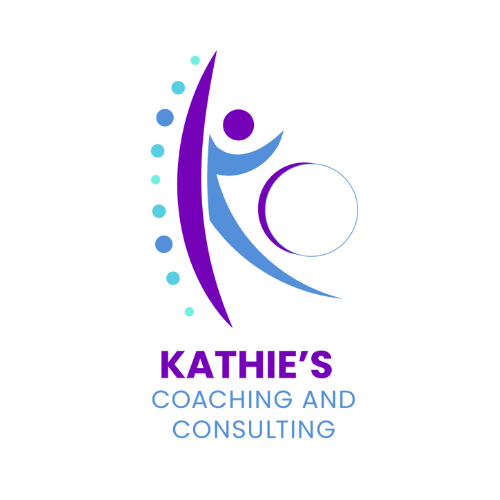
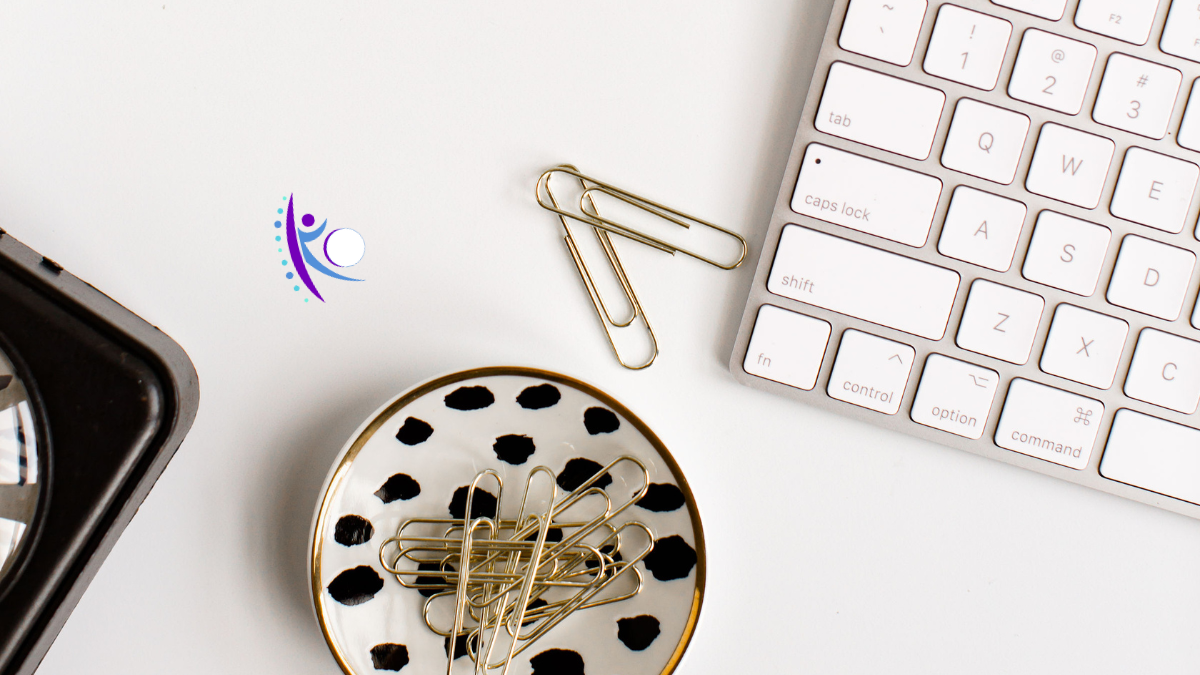



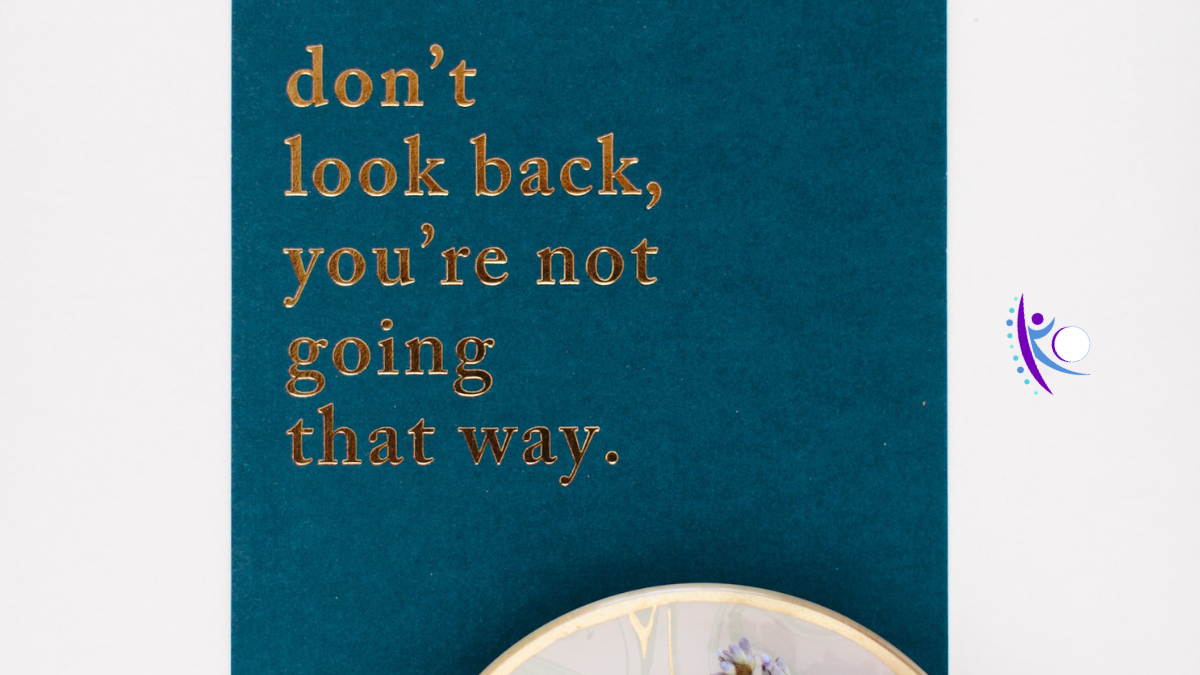



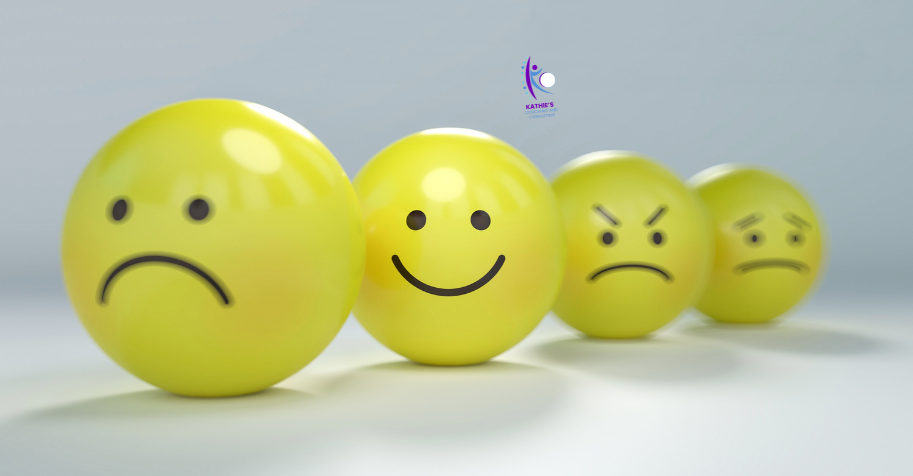
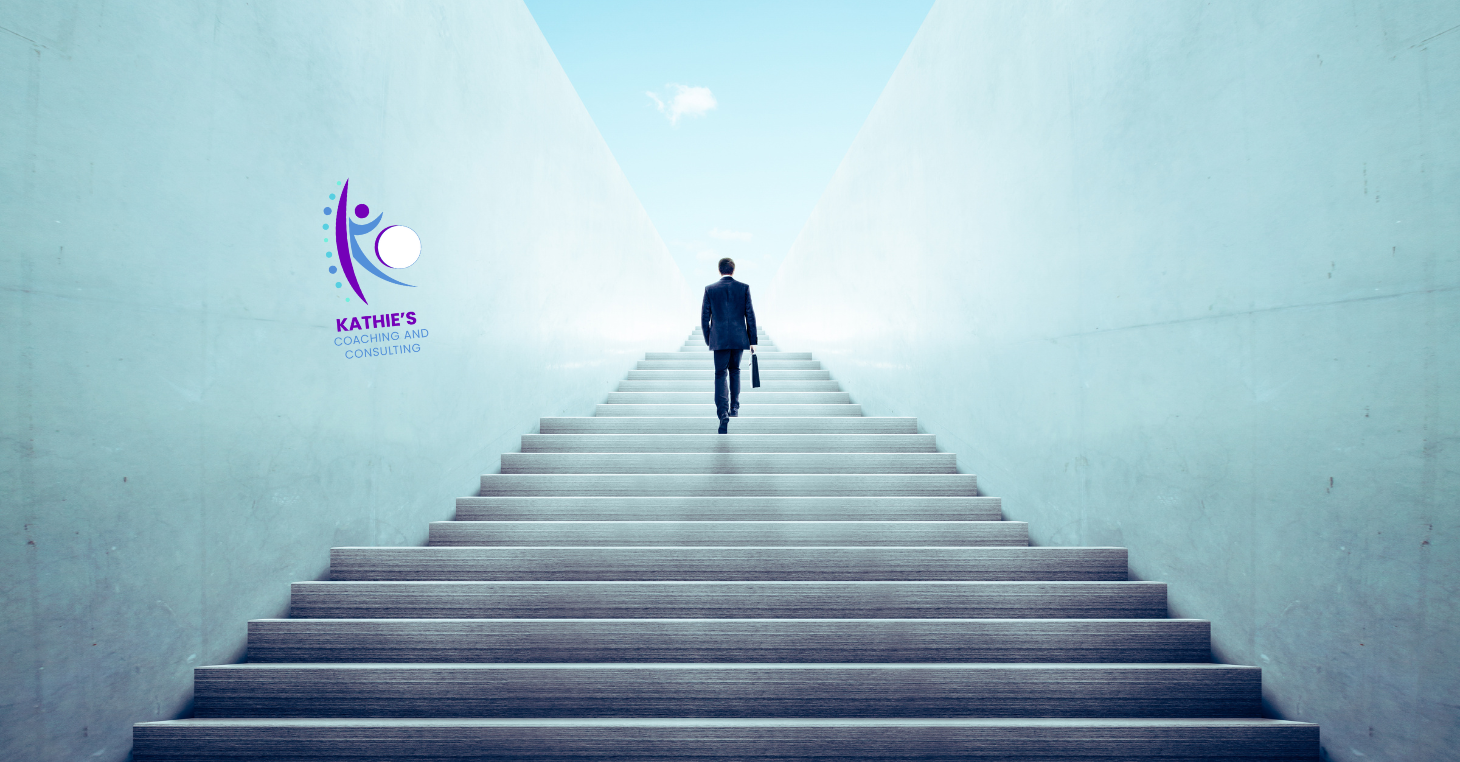
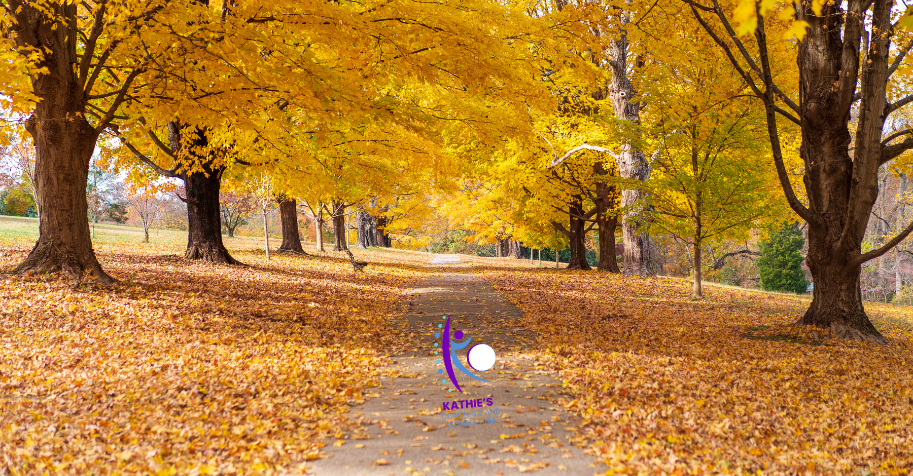

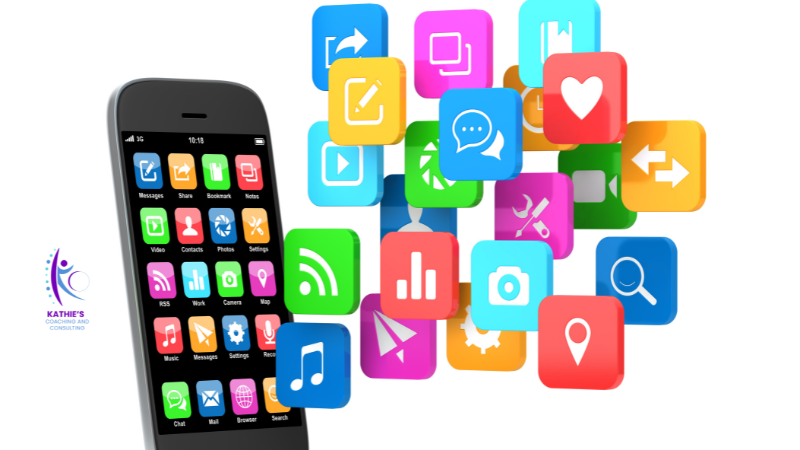

Explore how Ted Lasso teaches us about authentic leadership through vulnerability, forgiveness, and embracing imperfection. This reflective piece shows why letting go of control creates deeper connections and how broken mirrors still reflect light. #TedLassoWisdom #AuthenticLeadership #EmbraceImperfection #HeartCenteredCoaching #CorporateWellness #MindfulLeadership